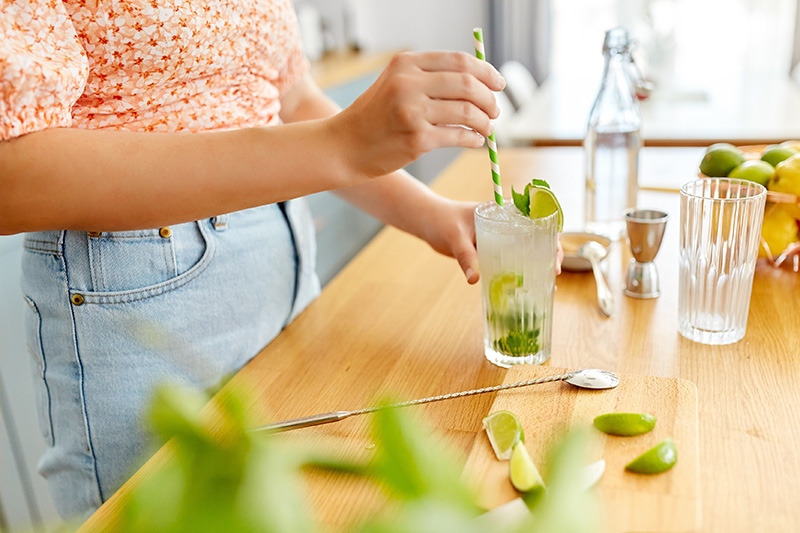Recyclable coating to waterproof paper
A silica-based coating could reduce soggy paper straws and cardboard packaging, while still maintaining recyclability.

The product, Polysil Paper, which is said to have been tested in the food sector, is based on sol-gel principles. Made with cold vitrification processes by Nanoprom Chemicals in Italy, the coating is reported to penetrate paper or cardboard without altering its structure.
Gianluca Falleti, Founder of Nanoprom Chemicals, says, 'The polymerisation reaction, which takes place at room temperature, leads to the formation of siloxane bonds (Si-O-Si), with the formation of an amorphous silica layer, which leaves the substrate optically unaffected. The main characteristics of this coating include remarkable hydrophobicity, due to the presence of highly apolar groups in the precursors, and a low surface tension close to 20mN/m. This creates a kind of ‘barrier effect’ between water and the underlying material.
'Tests conducted by our customers on cutlery treated with Polysil Paper show an increase in surface hardness close to 30% compared to raw paper-based cutlery'.
Polysil Paper is reportedly not soluble in water. It reacts with moisture in the air to produce a thin film of silica. The firm stresses “once the coating has cured, it is completely inert'.
Falleti adds, 'Treatment with Polysil Paper does not compromise the ability of paper substrates to absorb water. This allows some permeability to moisture and/or water in case the material is abandoned, with the possibility of still having biodegradation, albeit over a longer period of time.'
The coating can reportedly be applied to straws by spraying, rolling or dipping. Falleti explains, 'Polysil Paper is a low-viscosity coating (<20cP) and can be processed with the most common techniques. For maximum performance, the straws are generally dipped into a solution containing Polysil Paper and left to soak long enough for the coating to permeate. Afterwards, the straw is removed, the excess coating is wiped off and the material is cured at room temperature or under slight heating (60°C).' According to Falleti, the straws can therefore be “easily industrialised” as it consists of only coating and drying steps.
Treated straws can be recycled like normal paper, the firm suggests. He expands, 'The reason is that they consist exclusively of paper and a completely negligible silica layer.'
The food safety of Polysil Paper has been further certified at an accredited testing laboratory.
The test was performed on steel plates superficially treated with the coating, using three different types of simulant liquids – distilled water or water of equivalent quality, 3% acetic acid in aqueous solution, and 15% ethanol in aqueous solution. The test temperature was 40°C and the total duration 240h. The results are said to show an overall migration in solution well below the maximum limits of 8mg/dm2. In particular, regardless of the simulant liquid used, there are values approximately four to eight times lower than the maximum permissible limits.
Furthermore, a straw treated with the coating is reported as 'totally tasteless”'.







